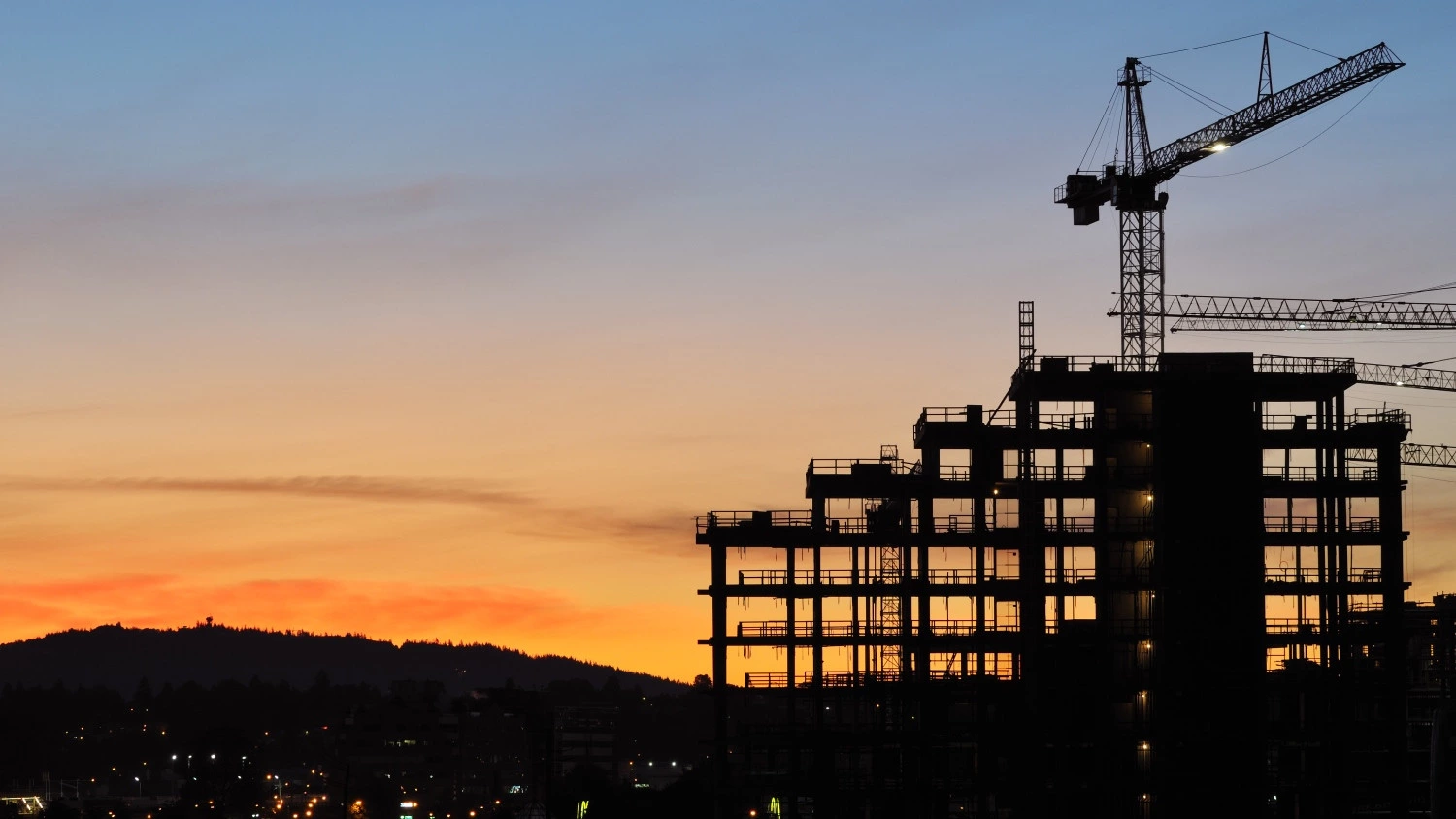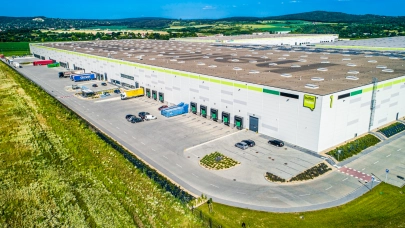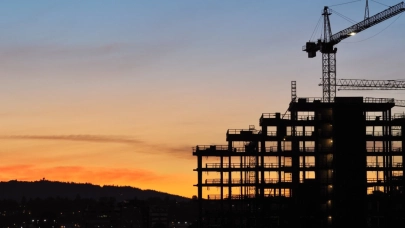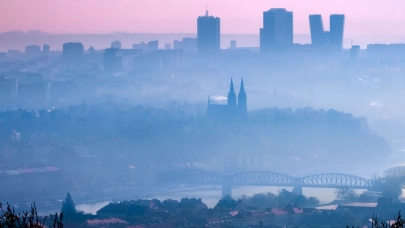
Croatia’s remarkable recovery from the brutal impact that the COVID-19 epidemic had on the country in 2020 is, like its construction boom, both real and smoke and mirrors, both temporary and long-term, according to Michael Glazer (SEE Regional Advisors) and Tatjana Halapija (Nada Projekt), the Eastern European Construction Forecasting Association’s members in Croatia.
The country’s tourism sector, brought low by COVID-19 in 2020 (with commercial accommodation facilities recording a 64.2% reduction in arrivals and a 55.3% fall in overnights compared to 2019), has rebounded a mere year later to levels as strong as or even stronger than the 2019 banner year for the sector. August 2021 overnights, for example, achieved 93% of 2019 levels and fiscalized receipts (a proxy for revenues) were 21% higher than those of August 2019. This rebound is crucially important to Croatia, since, depending on how you measure it, the tourism sector accounts for 18% or more of the country’s economy.
First, though, the smoke and mirrors part: a large, but hard to determine, a portion of the apparent tourism recovery is due to the government’s requiring that guests staying in Croatia be registered with governmental authorities. In fact, a registration requirement has existed for many years, but Croatian lessors of rooms for short-term occupancy, which constitute the majority of the country’s tourism beds, have long ignored it in order to evade taxes. The difference is that for COVID-19-related reasons the government is finally enforcing the requirement. The upshot has been that many more guests have been registered in the COVID-19 era than would have been previously.
The reality, though, is also encouraging. It is clear that significantly more tourists have visited Croatia this year than might have been expected given the fierceness of the epidemic both in Croatia and in the countries that are the typical sources of its guests, although the exact size of this increase is hard to discern through the distorting glass of official statistics. What is certain, though, is that the surprisingly large number of tourists who actually visited Croatia and the increase in the portion of them who were registered has both levelled the playing field for large hotel chains (which have always registered their guests more or less accurately) and provided badly needed windfall revenues for the government. Regarding the latter, the budget deficit for 2021 is anticipated by the Minister of Finance to be less than 3.8% of GDP despite extensive spending on COVID-19 and earthquake relief. He expects the deficit for 2022 to fall to 3.0% of GDP.
The upshot for the Croatian construction sector is likely to be quite positive. Hotel firms are likely to loosen the reins at least somewhat on their construction activities. While this will be to an extent offset by lower construction spending by small renters of vacation homes and rooms, they, too, will have earned more this year than they expected, even taking into account that unlike prior years they will have to pay taxes on their income. And the windfall tax revenues generated by their tax payments are an unalloyed benefit for the government which will use at least some of them to pay for the new construction required to compensate for the recent earthquakes.
Other factors are less positive, making the overall construction picture in Croatia hard to read. GDP growth for 2021 is now forecast by the Croatian Minister of Finance to be greater than 8%, also unexpectedly high as the continuing increase in the forecast number over the course of the year shows (e.g., the European Commission’s July 2021 forecast was for 5.4% GDP growth in 2021, itself an increase in the EC’s prior forecasts). So, immensely positive for the construction sector. That said, inflation is high (and possibly accelerating). The annualized change in the Harmonized Index of Consumer Prices was 3.5% in September (compared to 3.1% in August and 2.7% in July).
Construction costs (both supplies and labour) are nearing stratospheric levels. Regarding labour, Croatian construction firms are no longer importing workers only from Croatia’s neighbours in Southeast Europe or even from Central and Eastern Europe as a whole but are instead turning more and more to India, Nepal, the Philippines and other distant sources. This is not an option for many building supplies, of course, shortages of which are no longer just driving prices up but are now also slowing projects down. Demand and available resources differ greatly from the construction sector to the construction sector, so a wide variation in sectoral output is to be expected. A number of other factors contribute to this variation, which will be analyzed in detail in the upcoming EECFA Winter 2021 forecast report that is to be published on 6 December.



